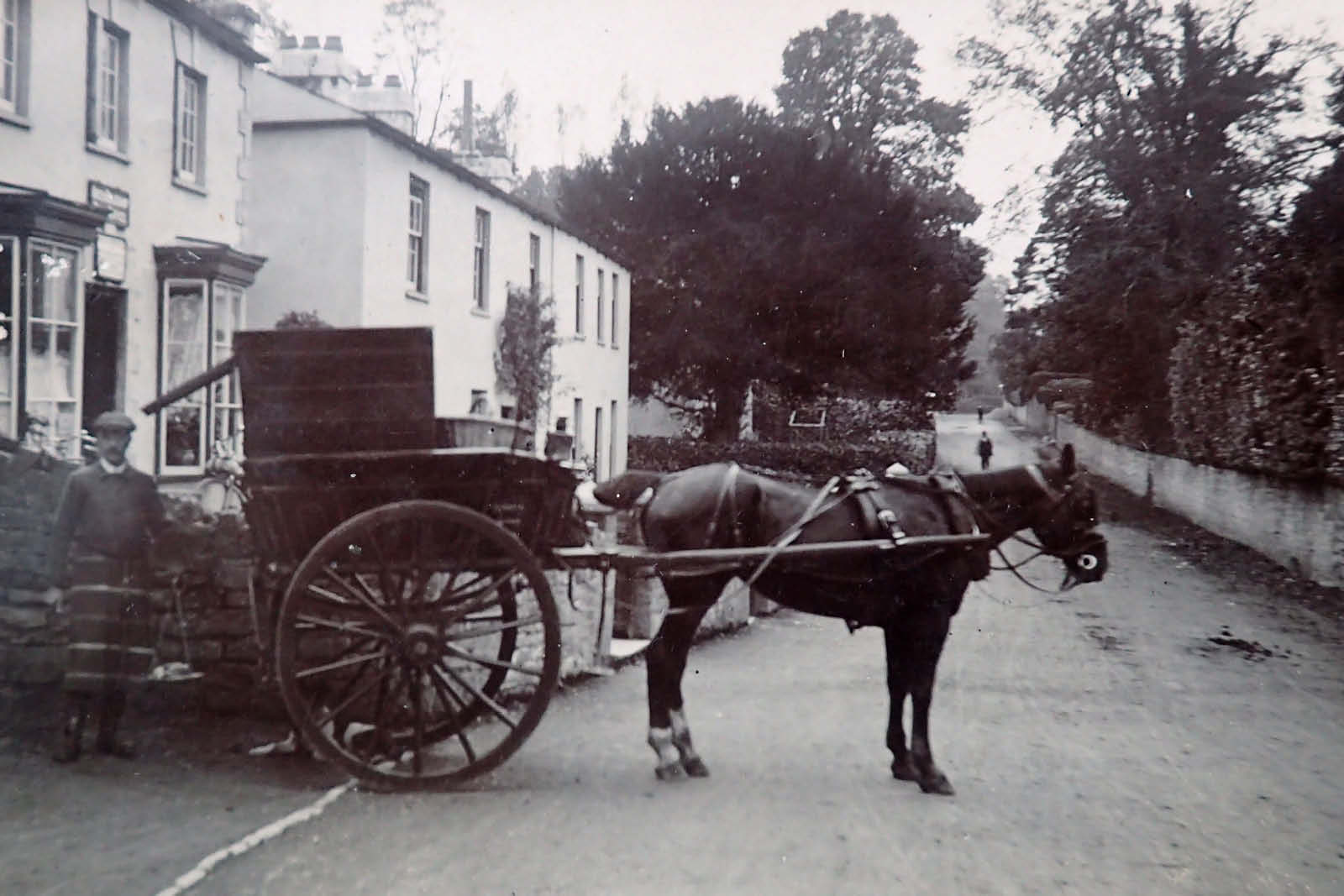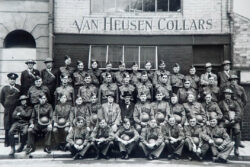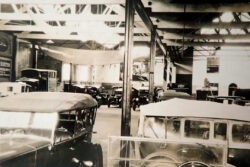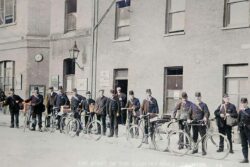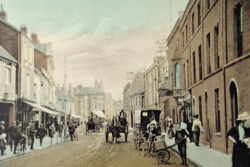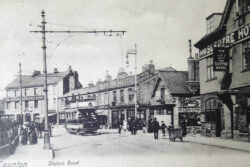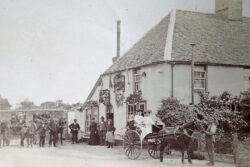I went to see “Warhorse” on stage last year and being a sensitive fellow it made me sniff a bit. What a fantastic production. I don’t think that I could watch the film though. Poor “ Joey “.
Well that got me thinking about an image for this edition. Something with a horse in. The postcard featured came from Ebay recently as an unlocated view. It was taken outside the post office at Hatch and features a tradesman holding scales. Possibly a butcher by the look of his apron.
Britain had a million working horses in 1900 but by 1914 this number had dropped to around 25,000. Most were used for transport or in agriculture. The steady progression away from horse transport can be seen in Francis Frith’s postcards. By 1925 we see none on the streets of Taunton.
Many trades were centred around the horse. Apart from hay and feed we see in Taunton in 1903 five carriage builders including L Whately in Haydon Road. Six carriers, seven cab proprietors ( Hansom Cabs were patented in 1834 ). There were also horse dealers and carriers whilst most villages had a smithy and wheelwright. Also we had thirteen shoeing and general smiths, five saddlers and harness makers and five posting masters. Some hotels offered posting. The Castle Hotel offered “posting to all branches in good Landaus, Dog Carts, Broughams and Waggonetts. Careful drivers also omnibuses ( horse drawn ) to meet all trains.” H.W. Thomas of Silver Street supplied “ good job horses. Hacks and Hunters always on hand and well-appointed brakes for picnics and pleasure parties “. Hearses and mourning coaches could also be supplied.
The London Hotel ( Later The County ) also had it’s own horse bus later to be replaced by a Napier motor bus. Hotels also offered good stabling for travellers and some like the London Hotel served as coaching Inns in older times. Look out for the remaining archways in buildings as these often denote a coach access. The London Hotel’s archway can still be seen by Waterstones bookshop. Stage coaches were so called as they travelled in stages with a change of horses at the coaching inn. In 1673 it took eight days to travel from London via Taunton to Exeter. The time improved over the next centuries until coaches averaged 12 mph with frequent horse changes and spare coaches along the route. Everything has it’s day and the coming of the railways in the 1830’s ( Taunton went “on line “ in 1842 ) put an end to stage coach travel. Just as horse buses displaced the Watermen of London so ships and trains displaced the cattle drovers of Scotland many of whom emigrated to America to become cowboys.
Wheeled horse transport came in many forms. Carriages ( hence we have “ car “ ) came in at least forty types from “ Barouche “ to “ Waggonete”. Some soldiered on beyond the First World War like brewer’s drays and the big carriers carts. If any remain in living memory it might be the rag and bone man as portrayed in “ Steptoe and Son “. The term “ Mews” survives. Once this described a group of stables with accommodation above usually centred along a courtyard or long alley. We still use the term “ horsepower “. As for poor “ Joey “ ( miraculously he survived ) and his kin many were sent to the front to haul the heavy guns etc.
The British army lost 484,000 horses and mules in The Great War. That amounted to one for every two men lost. Maybe eight million of these animals in total were lost in the war. By 1920 everything had changed and never again would horses serve to such an extent in war.
By Nick Chipchase
